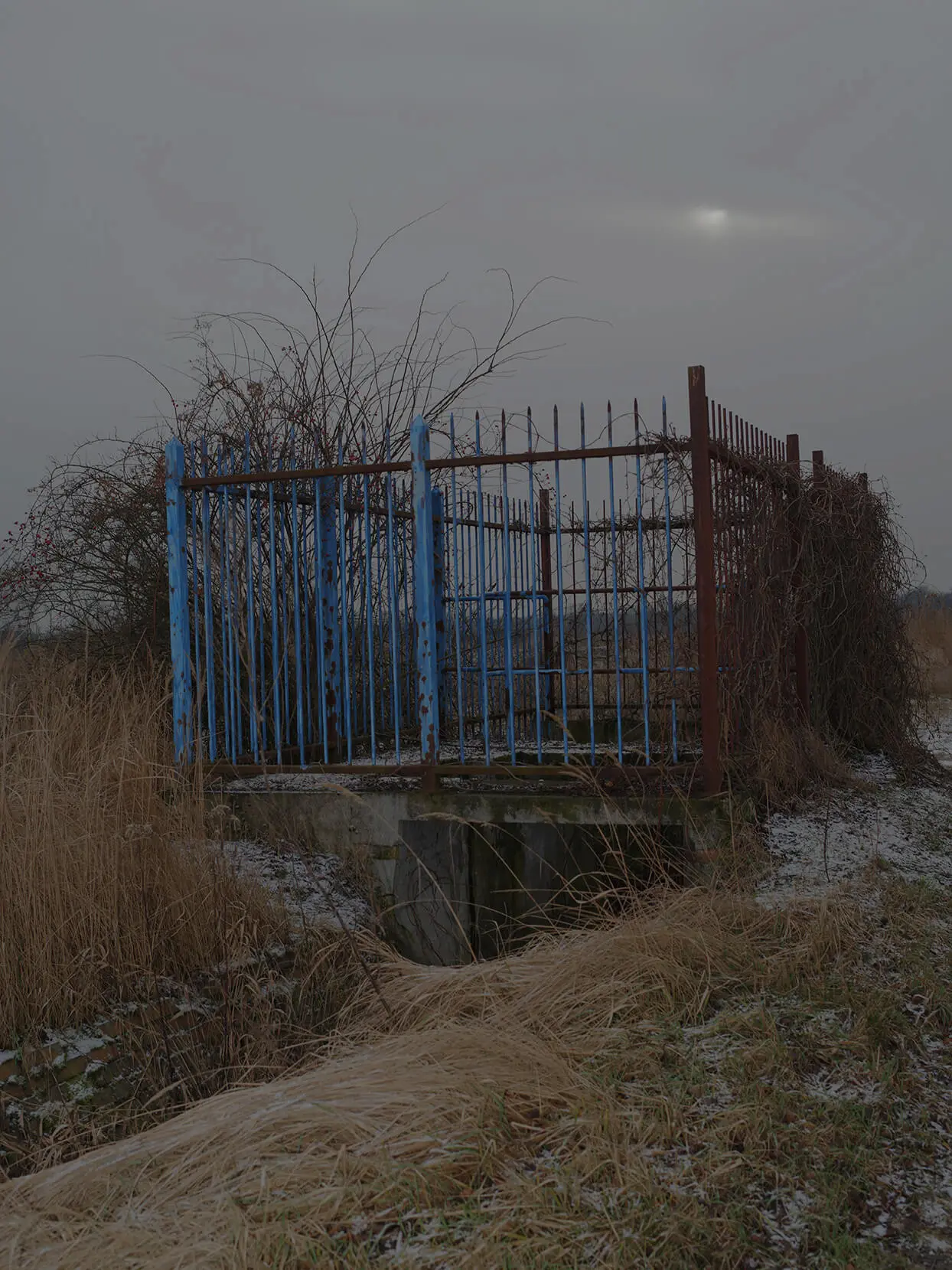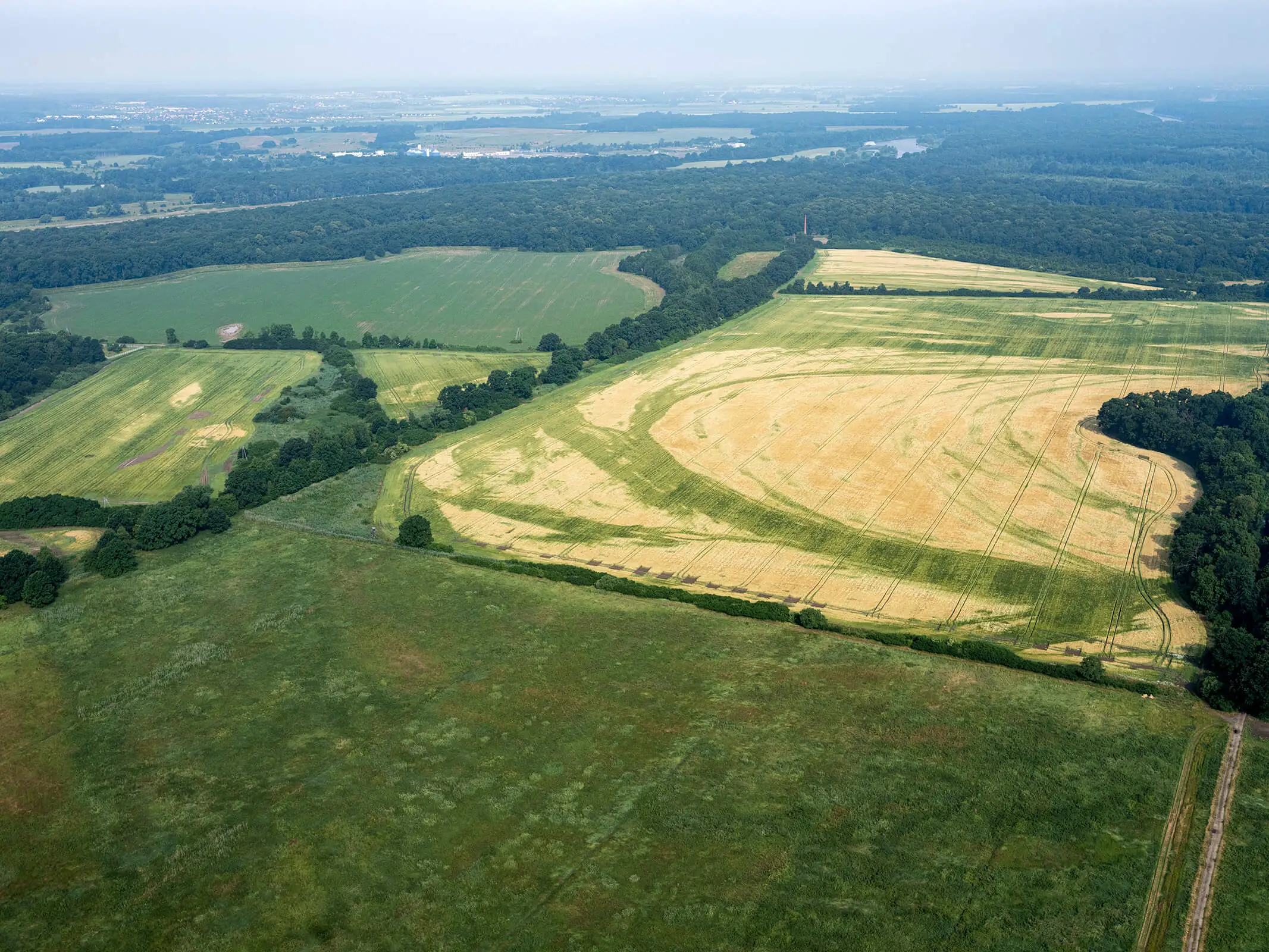Regeneration Field. Exhibition about Wrocław Drain Fields
Visit Dizajn BWA Wrocław Gallery to see an exhibition about Wrocław Drain Fields – an area with exceptional regenerative potential created by human activity.
Wrocław Drain Fields are Poland’s largest remnants of the pre-war sewage treatment system. They were established as a consequence of legal regulations meant to prevent the release of unprocessed waste directly into the river. They began their operation in Breslau in 1881 and survived as Wrocław’s main water purification facility until the year 2015. Throughout the 134 years of functioning, thanks to the permanent supply of water, a marshy ecosystem came into existence, resistant and teeming with life – 1,200 hectares of spontaneous nature within the city limits. Currently the area focuses the interest of environmentalists not only because of the gradual decline of groundwater and possible degradation of the unique environment. The extensive bird breeding grounds and adjacent expressways are an ideal place for testing the range of acoustic smog.
We use the example of the local ecosystem of defunct drain fields in Wrocław to show possible scenarios of regenerating areas transformed by human activity, says Katarzyna Roj, the exhibition’s curator. It also addresses the problem of noise, another complex and urgent issue. Most of us live surrounded by noise and have learnt to shut it out. But it’s impossible when it reaches pathological registers. The city inhabitants’ awareness in this respect has been growing considerably, but appropriate acoustic regulations and policy are needed, taking into account the specificity of the city, villages and areas between them.
Three notions are the theme of Regeneration Field: designing resilience (systemic resistance), continuum (Breslau-Wrocław) and nature-based solutions. The exhibition at Design BWA Wrocław explores the method of scenario analysis with its potential for design disciplines, as well as the role of sound in restoring endangered habitats. Together we will consider whether there is anything beyond sustainable development and if any braver scenarios are conceivable, in which human activity affects the environment in a positive way.
The exhibition will feature post-plein air session works created between September 2020 and June 2021 in Wrocław Drain Fields.
Persons who have participated / are participating / will (!) participate in the project Regeneration Field:
Paweł Althamer, Olaf Brzeski*, Karol Buganik, Piotr Choromański, Beata Czyż, CENTRALA* (Małgorzata Kuciewicz and Simone de Iacobis), CZARNY LATAWIEC*, Aleksandra Gierko*, Kaja Gliwa*, Kacper Kowalski*, Dominika Kulczyńska*, Jan Lontkowski, Sonia Mielnikiewicz, Mikołaj Moskal*, Antonina Nowacka, Monika Opieka-Nowak*, Joanna Nawrot, OTECKI / Wojciech Kołacz*, Dominika Przyjałgowska, Stanisław Rusiecki, Łukasz Rusznica*, Joanna Synowiec, Joanna Sokalska, Hubert Trammer, Ilona Witkowska*
*artists and designers whose works are presented at Dizajn BWA Wrocław Gallery
(!) list still incomplete
Curator: Katarzyna Roj
The exhibition complements the ongoing wildlife survey of Wrocław Drain Fields with historical and cultural elements. Its detailed results will be published this autumn. The activity “Resilience Bureau” will accompany the exhibition as part of the Common Aspirations Bureau, co-financed by the Ministry of Culture, National Heritage and Sport from the Culture Promotion Fund.
The project is carried out in co-operation with the autumn programme of Canti Spazializzati.
Regeneration Field is part of the New European Bauhaus initiative.

